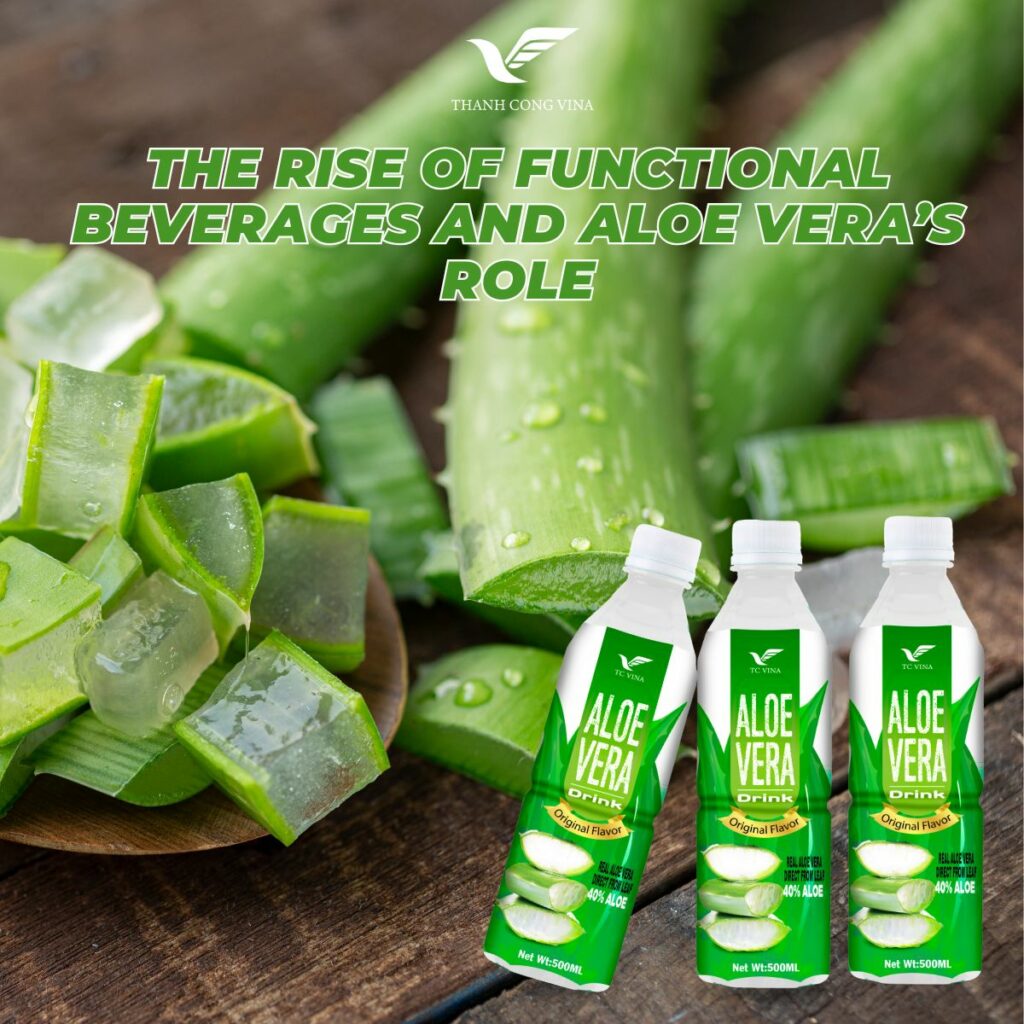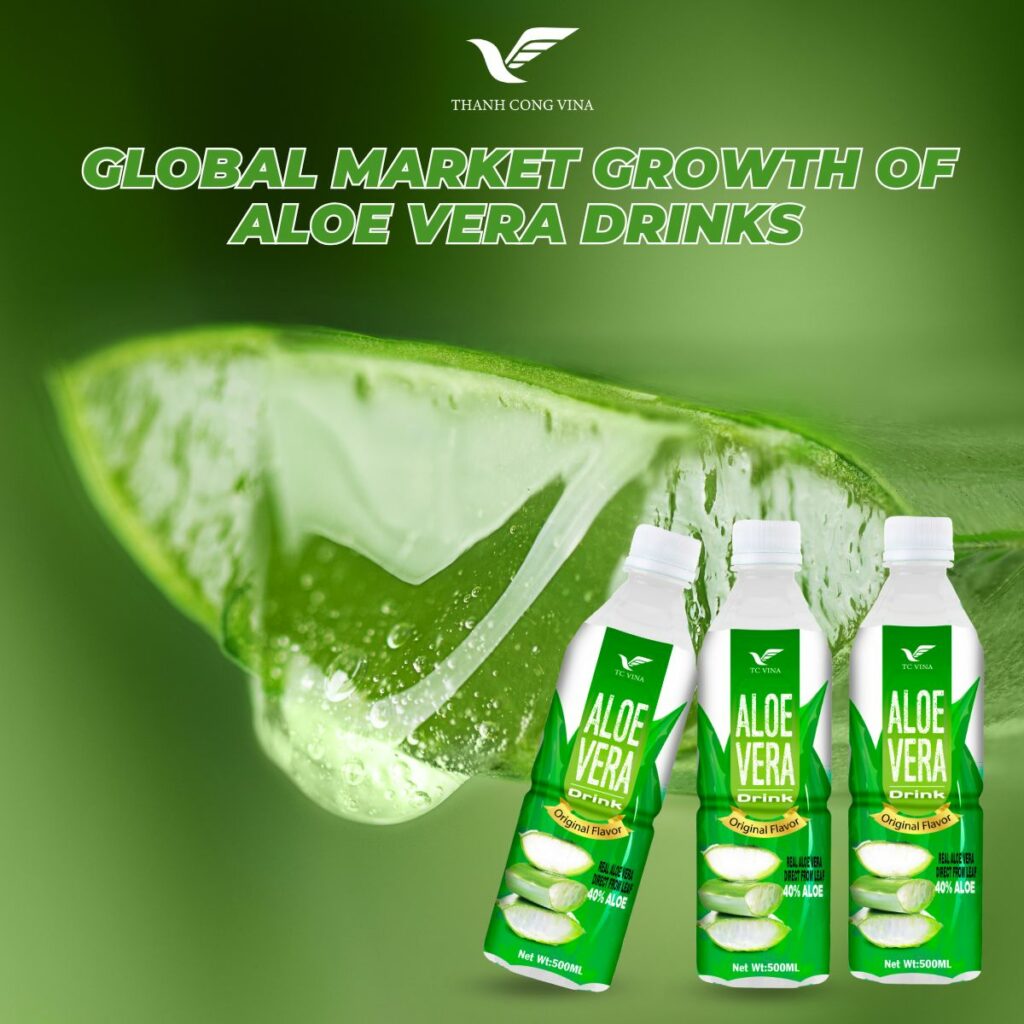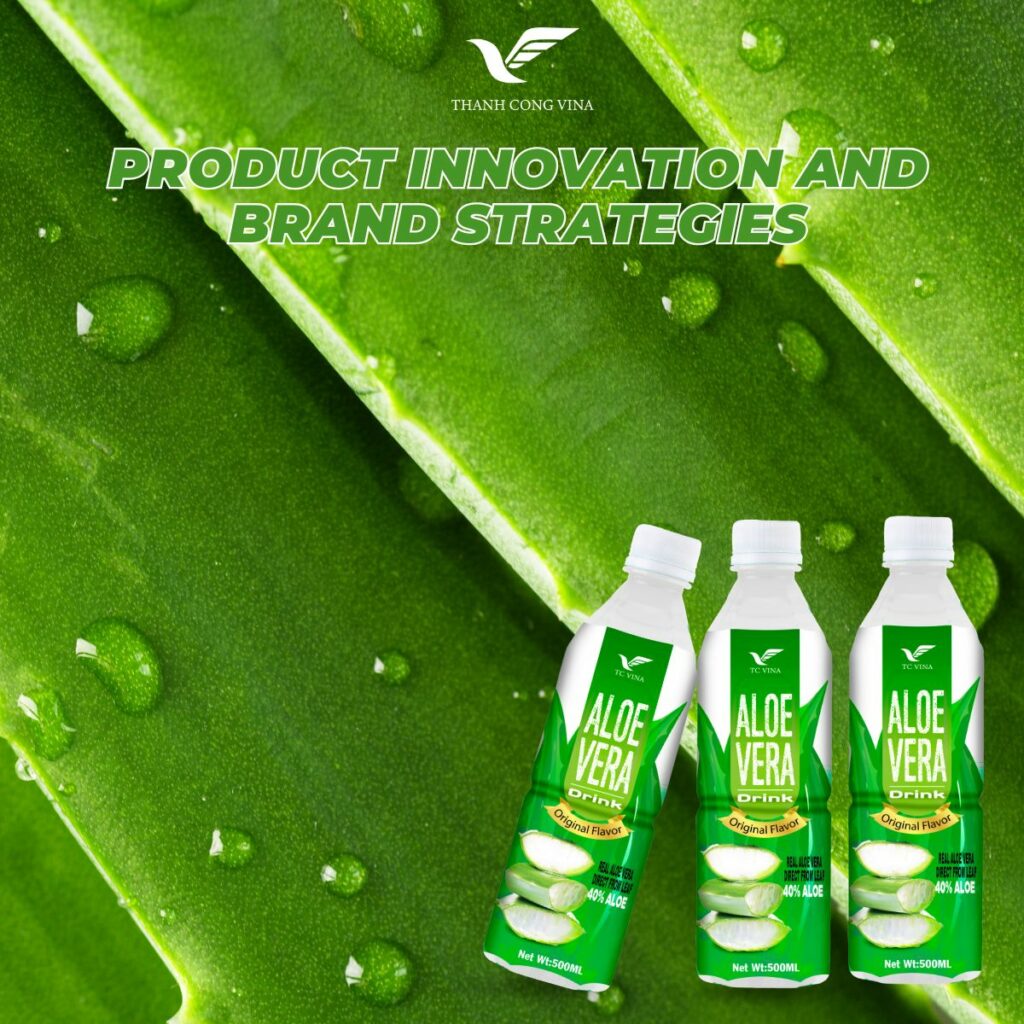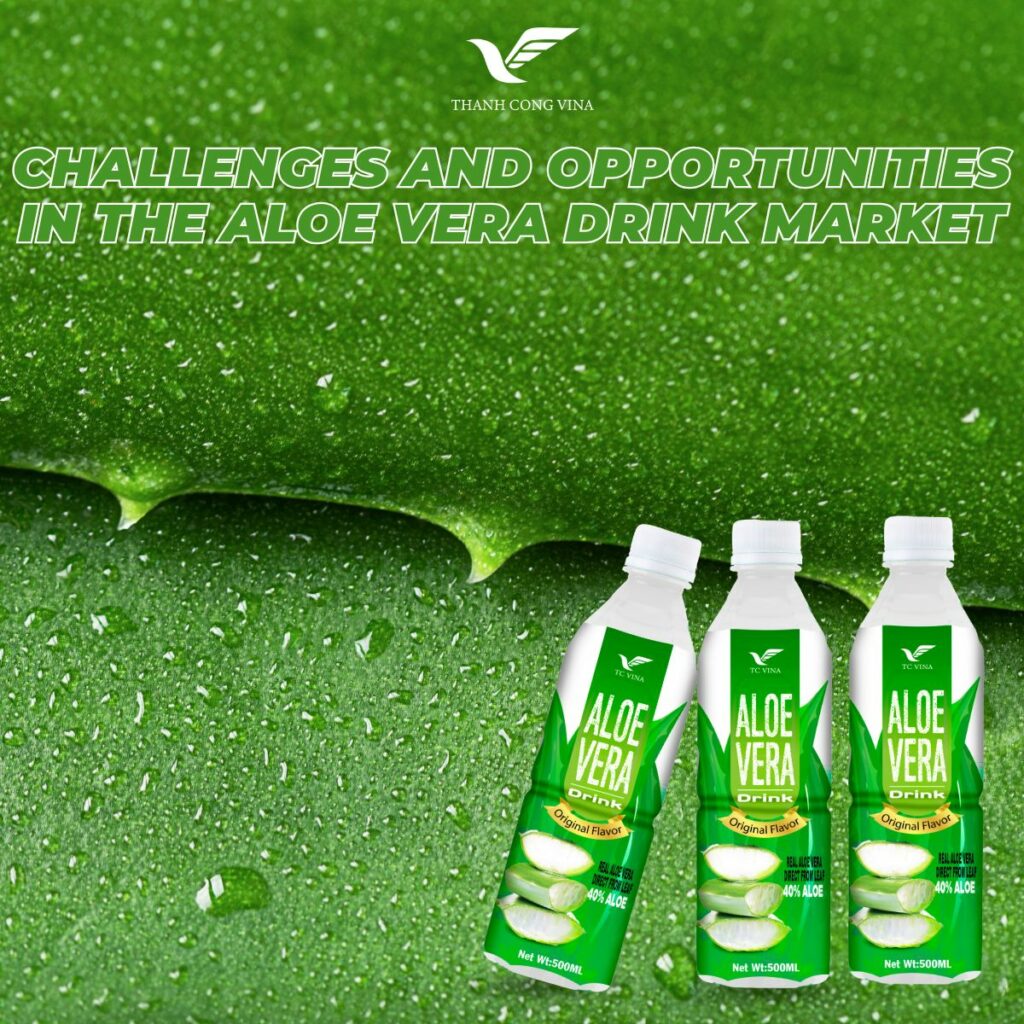Products Knowledge
Aloe Vera Drink Market Trends: Why It’s a Global Favorite
The global beverage industry has undergone a major transformation in recent years, with consumers shifting away from sugary sodas and artificial soft drinks toward healthier, functional alternatives. Among the many wellness-oriented beverages, the aloe vera drink has become one of the most recognized and widely consumed options. Known for its refreshing taste and natural health benefits, aloe vera drink has positioned itself as both a lifestyle choice and a wellness product. From aiding digestion to supporting hydration, its appeal lies in being more than just a beverage—it’s a functional drink that aligns with today’s health-conscious culture. In 2025 and beyond, aloe vera drink is expected to continue its upward trajectory as a global favorite, with new product innovations, sustainable sourcing, and expanded distribution networks driving demand. This article explores the latest market trends, consumer preferences, and the factors that make aloe vera drink a standout in the worldwide beverage market.
The Rise of Functional Beverages and Aloe Vera’s Role

Growing Demand for Health-Oriented Drinks
Consumers today are increasingly mindful of what they consume. With rising concerns about obesity, diabetes, and lifestyle-related illnesses, the beverage industry has responded by offering healthier options. Aloe vera drink fits seamlessly into this trend by offering natural hydration, digestive support, and antioxidant properties. Unlike sugar-heavy sodas, aloe vera juice provides functional benefits that resonate with individuals seeking balance between taste and health.
Aloe Vera as a Functional Ingredient
Beyond its hydrating qualities, aloe vera contains bioactive compounds such as vitamins, minerals, enzymes, and amino acids. These nutrients make aloe vera drink more than just a refreshing choice—it’s a functional beverage that supports overall wellness. As the demand for functional ingredients continues to rise, aloe vera has cemented itself as a versatile star, featured not only in drinks but also in yogurts, smoothies, and health supplements.
Global Market Growth of Aloe Vera Drinks

Expansion Across Key Regions
The aloe vera drink market has witnessed remarkable growth in Asia-Pacific, Europe, and North America. In Asia, where aloe vera has traditional roots, demand is driven by familiarity and cultural acceptance. Meanwhile, in Western markets, aloe vera drink is embraced as part of the clean-label and plant-based movement. In 2025, the expansion of aloe vera beverages into Latin America and Africa also shows promising growth, where tropical and functional drinks are gaining traction.
Market Size and Projections
According to recent market studies, the global aloe vera drink market is projected to grow at a steady pace through 2030, with a compound annual growth rate (CAGR) of over 10%. Factors such as increased disposable incomes, rising health awareness, and global trade opportunities have made aloe vera drink a lucrative category for both established beverage companies and new entrants. Brands are diversifying product lines to include low-sugar, flavored, and organic variations, catering to diverse consumer needs.
Consumer Preferences and Lifestyle Shifts
The Appeal of Natural and Plant-Based Products
Consumers in 2025 are increasingly drawn to beverages with natural origins and plant-based ingredients. Aloe vera drink aligns with this preference perfectly, as it represents a fusion of nature and wellness. The perception of aloe vera as a clean, natural product free from artificial additives strengthens its global appeal, particularly among millennials and Gen Z.
Convenience and On-the-Go Consumption
Another key driver for aloe vera drink is the demand for convenient, ready-to-drink products. Busy lifestyles require beverages that not only deliver hydration but also support wellness on the go. Single-serving bottles, resealable packs, and portable packaging innovations make aloe vera drink a practical choice for consumers balancing work, fitness, and family life.
Product Innovation and Brand Strategies

Flavored Variations and Blends
Brands are increasingly experimenting with new flavors and blends to expand the appeal of aloe vera drink. Popular innovations include aloe vera mixed with fruit juices such as mango, pineapple, or pomegranate. These blends enhance taste while retaining the functional properties of aloe vera. Such innovations cater to consumers who seek variety without compromising on health benefits.
Marketing and Sustainability Initiatives
Modern consumers expect transparency and ethical practices from the brands they support. Many aloe vera drink companies now highlight sustainable farming practices, eco-friendly packaging, and fair trade sourcing in their marketing strategies. These initiatives not only build brand trust but also resonate with environmentally conscious buyers, making aloe vera drink a preferred choice in competitive markets.
Challenges and Opportunities in the Aloe Vera Drink Market

Regulatory Standards and Quality Control
One of the main challenges in the aloe vera drink industry lies in ensuring product quality and compliance with international food regulations. Issues such as adulteration, added sugars, or unverified health claims can undermine consumer trust. Brands that prioritize quality assurance and transparency are more likely to gain long-term loyalty.
Opportunities for Emerging Markets
Despite these challenges, opportunities remain abundant. Emerging markets present vast untapped potential for aloe vera drinks, especially as urbanization and disposable incomes rise. Digital platforms and e-commerce are also creating direct-to-consumer channels, allowing smaller brands to compete with global players. By focusing on authenticity, innovation, and affordability, new entrants can successfully carve out market share.
Conclusion
The global aloe vera drink market continues to thrive as health-conscious consumers embrace beverages that deliver both taste and wellness benefits. With trends pointing toward functional drinks, plant-based products, and sustainability, aloe vera drink is well-positioned to maintain its popularity in 2025 and beyond. From innovative flavor blends to eco-friendly packaging, brands are adapting quickly to meet consumer demands and global health trends. For those seeking reliable, high-quality aloe vera beverages, Thanh Cong Vina stands out as a brand that combines authenticity with innovation. By prioritizing both nutrition and sustainability, Thanh Cong Vina ensures that aloe vera drink remains a trusted choice for consumers worldwide, reinforcing its reputation as a global favorite in the beverage industry.




